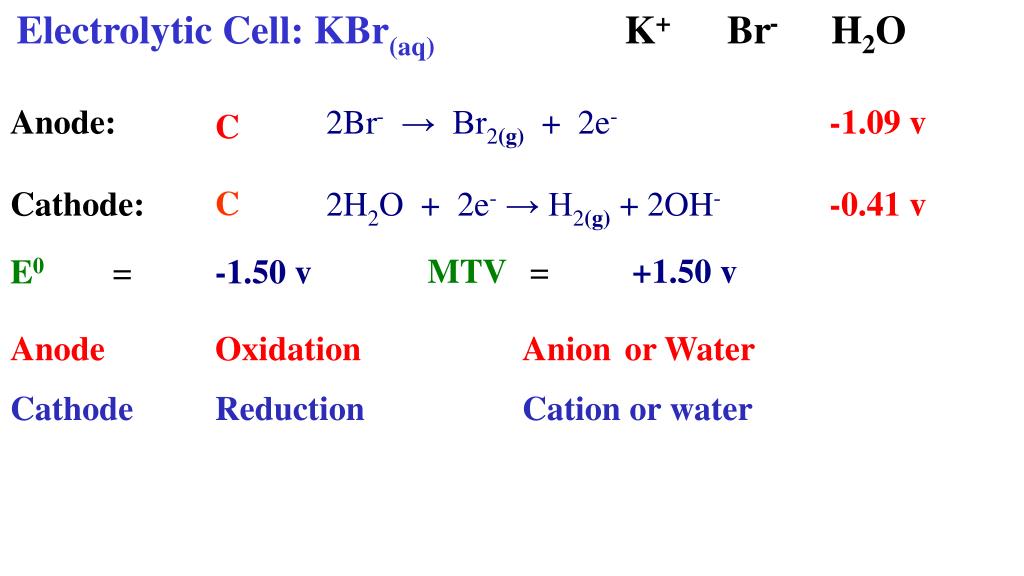

Now that we know that the anode is positive and the cathode is negative, we need to know which is which.
ANODE V CATHODE HOW TO
How to differentiate between anodes and cathodes? Knowing which terminal is the anode and which is the cathode is important for LED polarity marking if you want to properly connect the diode to the LED bulb or another device.

The anode is the LED positive side (where the current enters the diode) and the cathode is the negative side (where the current leaves the diode). The anode and cathode are the two terminals on each diode where the electrical current flows through. The LED polarity identification is done through various identifications situated around the diode’s anodes and cathodes. The term “LED polarity” relates to the question of which way the electrical current flows through the diode in? Because diodes are one-way currents it’s important to know from which side the current is getting in and from which it’s going out. A light-emitting diode is simply a normal diode that uses the current passing through it to emit light. The simplest description of a diode is “a two-terminal electronic component that conducts current primarily in one direction”. These light-emitting diodes are a variation of standard diodes which have applications in lots of other industries. The “LED” in LED lights stands for “Light- emitting diodes” – these are light bulbs that consist of multiple tiny diodes that have electrical currents running through them, causing them to emit light. Rest assured that LED polarity, as well as the whole anode vs cathode question, is actually quite simple What are LEDs? That’s perfectly understandable as there are quite a few terms in this area that you may not have heard before. If you’ve just started researching into LED lights and diodes in general, you may be confused by some of the terminology used.


 0 kommentar(er)
0 kommentar(er)
